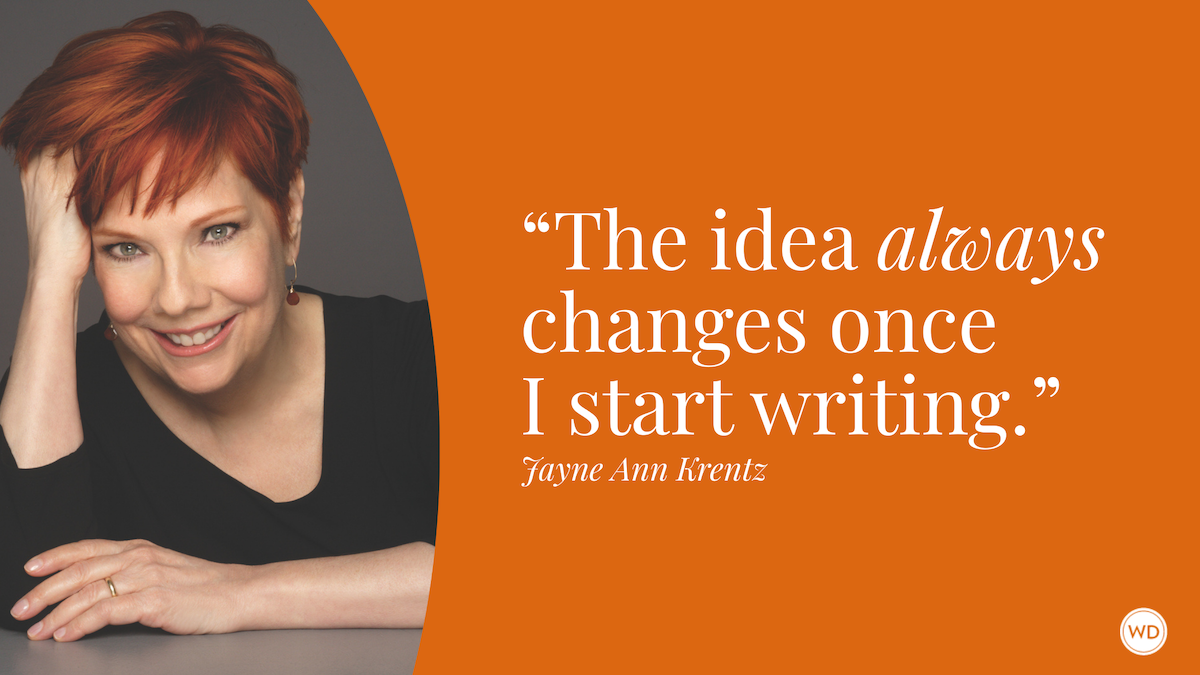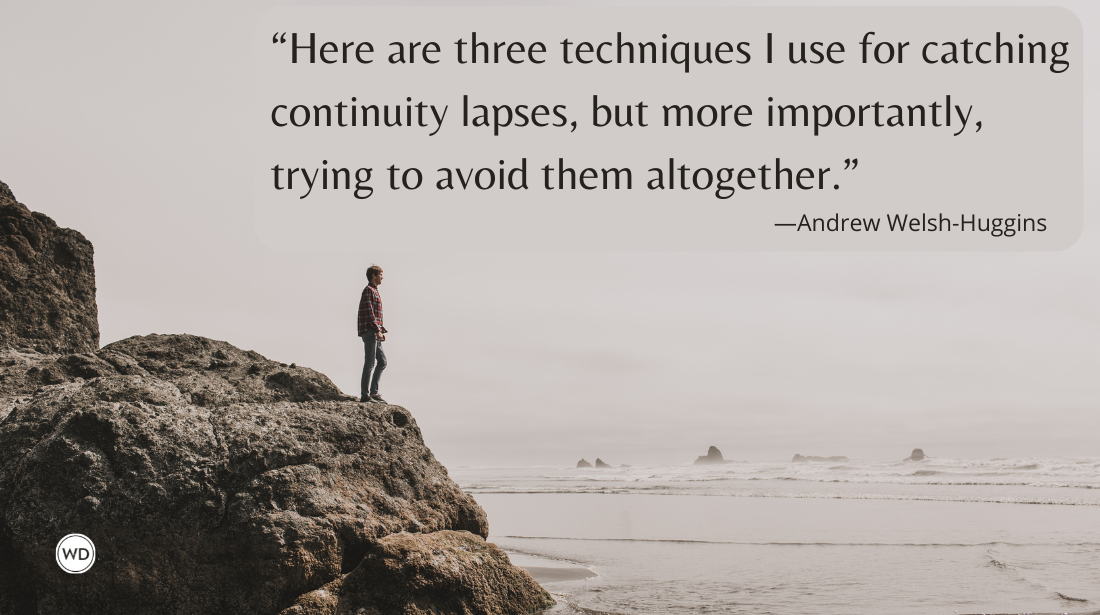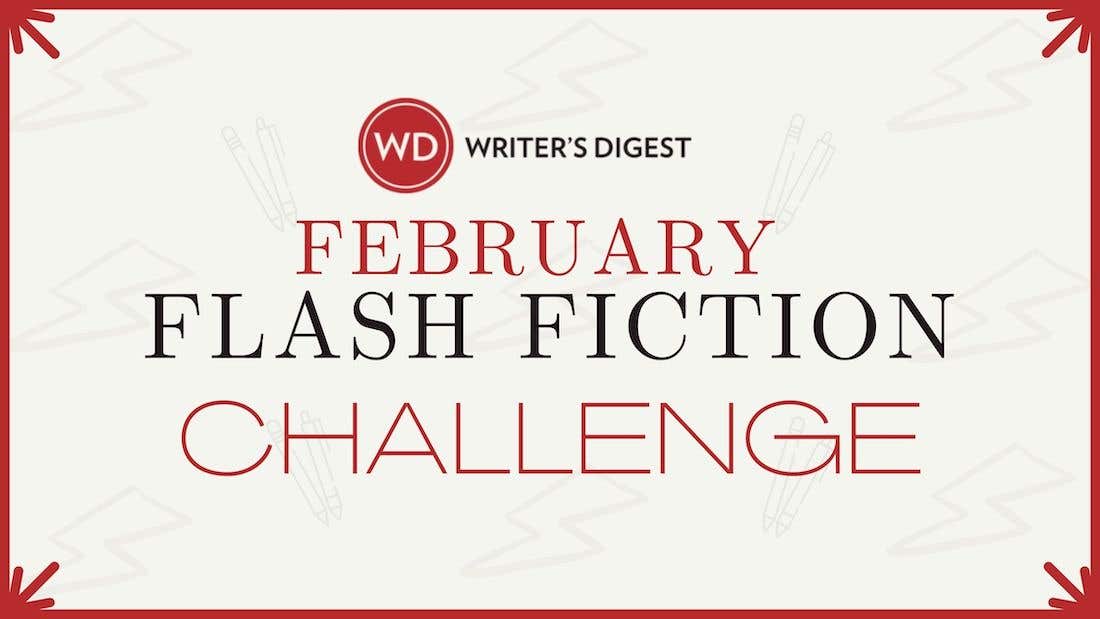Metaphor vs. Personification (Grammar Rules)
Learn when you’re using a metaphor vs. personification with Grammar Rules from the Writer’s Digest editors, including a few examples of correct usages.
Learn when you're using a metaphor vs. personification with Grammar Rules from the Writer's Digest editors, including a few examples of correct usages.
It's easy to confuse terms about figures of speech, especially when they intersect, and I think that is especially true when it comes to personification and metaphor. After all, there are several times when a person uses metaphor in the same sentence as personification.
Let's take a look at what makes a metaphor and what makes personification so that we can know when we're using one or the other.
Metaphor vs. Personification
Metaphor is a word or phrase that takes on the meaning of something else. For instance, a person may say that a job is a dream, or that a football coach is a business manager (even though neither statement is true). It's a figure of speech often employed in poetry.
Personification is a figure of speech that attributes human nature and characteristics to something that is not human—whether living or nonliving. When the wind howls, when pastries tempt, when the sun smiles, and when stars wink; these are all personifications. And it's applicable to living creatures too: Ants marching; hyenas laughing; and trees hiding.
Make sense?
Here are a few examples:
Metaphor: His face was stone.
Personification: The stone ignored us.
Metaphor: The leaves are dancers.
Personification: The leaves danced in the wind.
There are times when metaphor and personification cross over. For instance, metaphor becomes personification with a little push: The leaves are dancers twirling with abandon. The "leaves are dancers" is a metaphor; the "leaves twirling with abandon" is personification.









